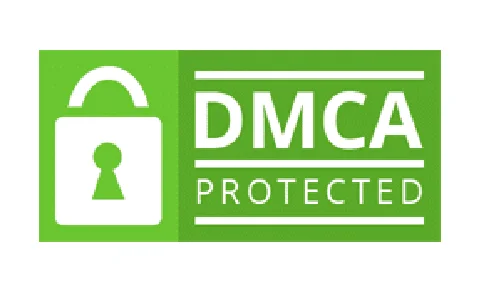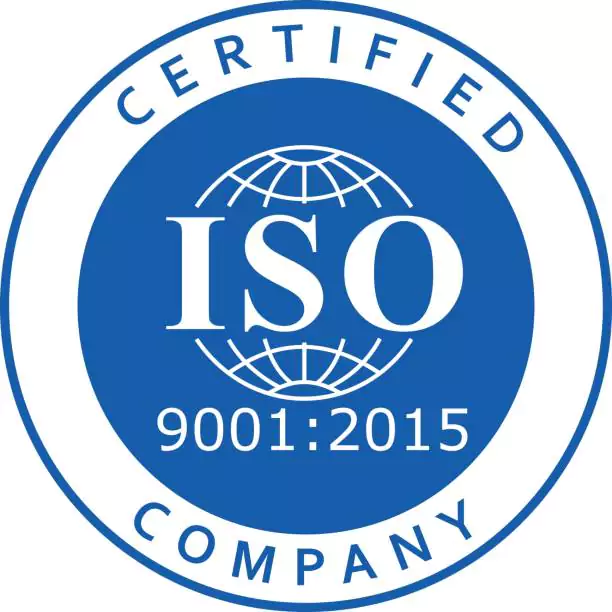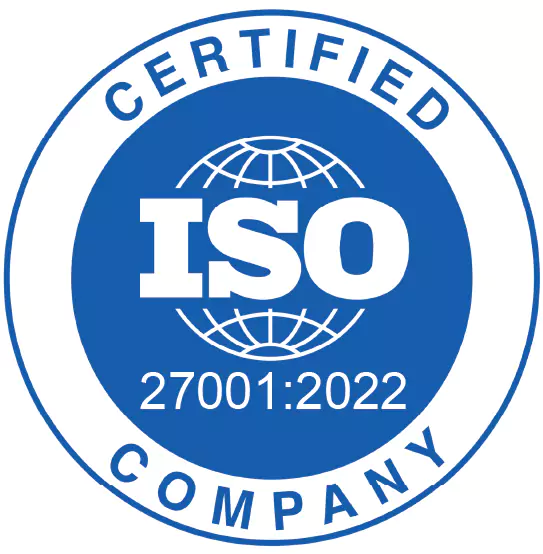The electric motor market is estimated to be valued at USD 134.71 Bn in 2024, growing at a CAGR of 7.1% over the forecast period (2024-2031). Growing automation in various end-use industries along with rising demand for energy-efficient electric motors is positively impacting the market growth.
Market Dynamics:
The growth of the global electric motor market is driven by increasing automation in various manufacturing processes and rising demand for electric vehicles. With growing industrial automation across different sectors such as automotive, chemical, and food processing, there is an increased demand for automation equipment such as robots, conveyor belts, and other electric motor-based equipment used in production lines. This is positively impacting the sales of electric motors worldwide. Furthermore, the accelerating sales of electric vehicles due to stringent emission norms is another key factor augmenting the electric motor market. Electric vehicles are equipped with multiple electric motors for propulsion and accessory functions. The increasing demand for more energy-efficient Electric vehicles (EVs) with longer driving range is fueling the incorporation of advanced electric motor technologies.
Market Driver: Increasing Industrialization and Modernization is Driving the Demand for Electric Motors
Electric motors are widely used to power industrial machinery and equipment across various sectors such as manufacturing, mining, oil & gas, transportation, and chemicals. As industrial activities expand in emerging economies, the demand for industrial machinery is increasing significantly which in turn is fueling the sales of electric motors. Additionally, the growing adoption of automated technologies like robots, conveyor belts, Automated guided vehicles, etc. in manufacturing facilities is augmenting the electric motor market as these automated systems rely heavily on electric motors for motion control applications.
Market Driver: Growing Infrastructure Development Projects is Creating Opportunities for Electric Motor Suppliers
Governments around the world are undertaking massive infrastructure development projects such as building new roads, rail lines, ports, airports, power plants, residential and commercial complexes, etc. to enhance connectivity and boost economic growth. Construction of these large-scale infrastructure projects involves the use of heavy machinery and equipment that are powered by electric motors. The surge in infrastructure spending is thus opening up lucrative business opportunities for electric motor manufacturers. Particularly in developing nations, the rising infrastructure investments will continue driving electric motor demand in the coming years.
Market Restraints: High Cost of Electric Motors is Limiting Widespread Adoption
One of the key challenges being faced by the electric motor market is the relatively high manufacturing cost compared to conventional internal combustion engine-based systems. The high cost is stemming from expensive raw materials, complex manufacturing processes, and lack of economies of scale especially for specialized motor designs. The cost barrier is hindering the electric motor's penetration in price-sensitive applications such as automotive, household appliances, mining etc. Though technology advancement is slowly lowering prices, cost remains a major deterrent restricting universal electrification of different mechanical drive systems. Motor manufacturers will need to devise cost-effective strategies to make electric motors more affordable.
Market Restraints: Lack of Standardized Designs Hampers Interchangeability
Another area of concern for the electric motor industry is the absence of standardized designs which creates interchangeability issues. Unlike internal combustion engines that follow set global specifications, electric motors come in various non-uniform configurations from different manufacturers. The technical incompatibility between motors from separate vendors poses challenges for equipment makers who need a high level of interchangeability in their products. It also reduces the resale and second-hand value of electric motors. Lack of design conformity prevents the realization of economies of scale benefits and inhibits the electric motor technology's widespread adoption. Development of common global standards can help address this limitation.
Market Opportunities: Growing Emphasis on Energy Efficiency and Sustainability Presents Opportunities
Rising environmental concerns and the need to reduce carbon emissions are driving increased focus on energy efficiency and sustainability across sectors. Electric motors as a whole are more efficient than combustion engines and produce zero direct emissions. This green attribute makes them an attractive proposition for switching to electric-powered systems and transitioning away from fossil fuels. Growing regulatory push for cleaner technologies along with consumer preference for greener products will significantly boost prospects for the electric motor msrket in the future. Manufacturers should capitalize on this electric motor's sustainability edge through effective marketing campaigns highlighting environmental benefits.
Market Opportunities: Growing Adoption of Electric Vehicles will Spur Motor Demand
The rising popularity of electric vehicles (EVs) globally poses a massive opportunity for electric motor suppliers. EVs use multiple high-performance electric motors to power the wheels as well as other auxiliary systems. As more automakers shift focus to EVs and governments promote EV adoption through incentives, the electric motor demand from the automotive sector is forecast to increase exponentially in the coming decade. Electric buses and trucks will also contribute to the demand growth. Motor manufacturers need to aggressively tap into this emerging EV market by developing specialized high-torque motors optimized for automotive applications.
*Link: https://www.coherentmarketinsights.com/market-insight/electric-motor-market-5452
Key Developments:
- In June 2021, Mabuchi Motors is a globally recognized leader in the manufacturing of small electric motors. completed the full acquisition of Electromag SA is a leading company specializing in electromagnetic solutions for various industries. for approximately CHF 0.1 million or USD 0.11 million. This acquisition is aimed at expanding Mabuchi Motors’ product range with new brushless motors commonly used in healthcare equipment like ventilators and dental devices.
- In April 2021, Turbo Power Systems is a leading provider of power electronics and electric motor drive systems, formed a new partnership with Statcon Energiaa (SE), a power electronics manufacturing company based in India. This collaboration is expected to leverage the strengths of both companies in developing, manufacturing, and marketing power electronics products for the energy, rail, and defense sectors.
- In March 2021, Siemens is a global technology powerhouse headquartered in Munich and Berlin, Germany. The company operates in various sectors, including industry, energy, healthcare, and infrastructure. announced that its Simotics SD motor series variants will now deliver Super Premium Efficiency (IE4) performance to comply with the European ErP Directive 2019/1781. The company also stated that its electric motors, ranging from approximately 3 HP to over 1,300 HP, featuring various pole designs, will meet the IE4 efficiency standards.
- In February 2021, Johnson Electric is a global leader in innovative motion solutions, headquartered in Hong Kong. The company specializes in providing electromechanical components and systems for a wide range of industries, including automotive, home appliances, healthcare, and industrial automation. introduced a new line of Low Voltage DC (LVDC) motors characterized by their compact size, high power density, low operating noise, and high torque capabilities, among other attributes. These motors are specifically engineered to offer a 17% longer lifespan for smart furniture applications such as hospital beds, height-adjustable desks, smart recliners, and other consumer products.
Key Players:
ABB Group, Allied Motion Technologies, Inc., Ametek, Inc. , Dumore Corp., Franklin Electric, General Electric Company, Hitachi, Ltd., Hyosung Corp., Hyundai Electric Co, Ltd. , Johnson Electric, Kirloskar Electric Company, Ltd., Lincoln Electric Holdings, Inc., Nidec Motor Corp., Regal Rexnord Corp., Robert Bosch GmBH, Rockwell Automation., Schneider Electric, Siemens AG, Teco Westinghouse, Toshiba Corp., and WEG S.A.






